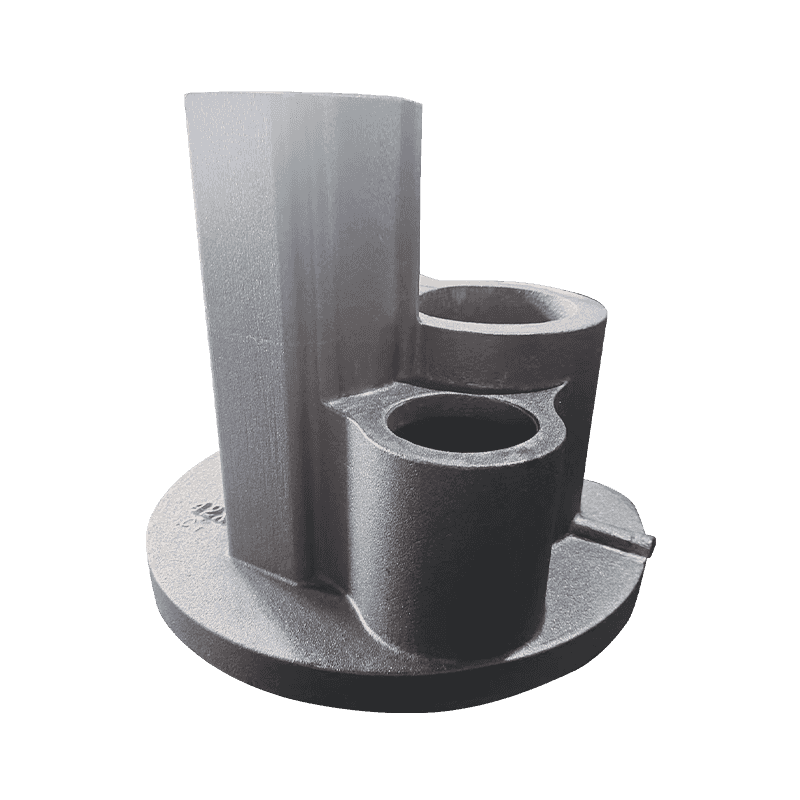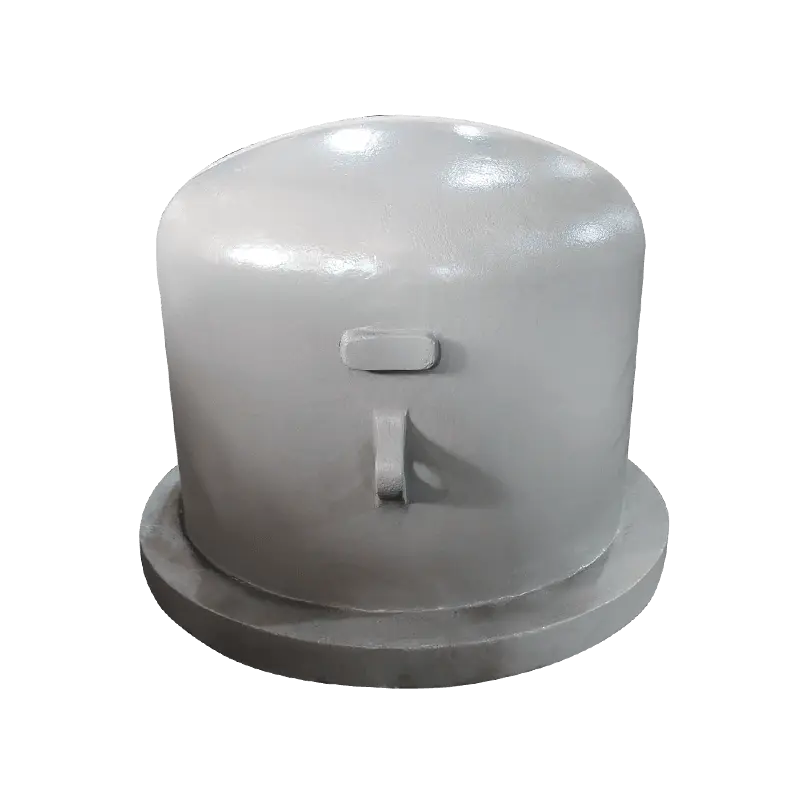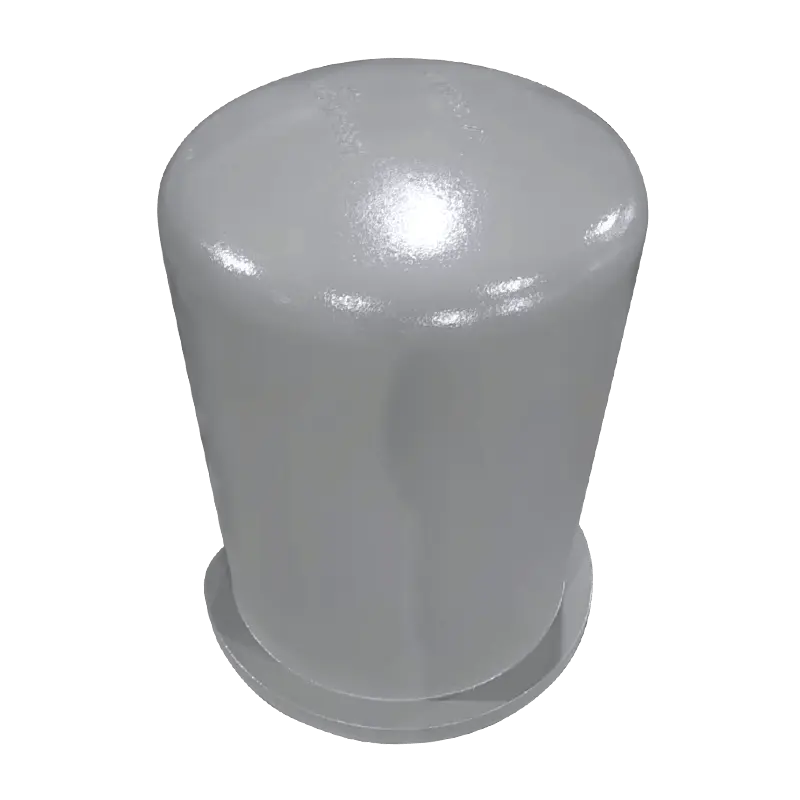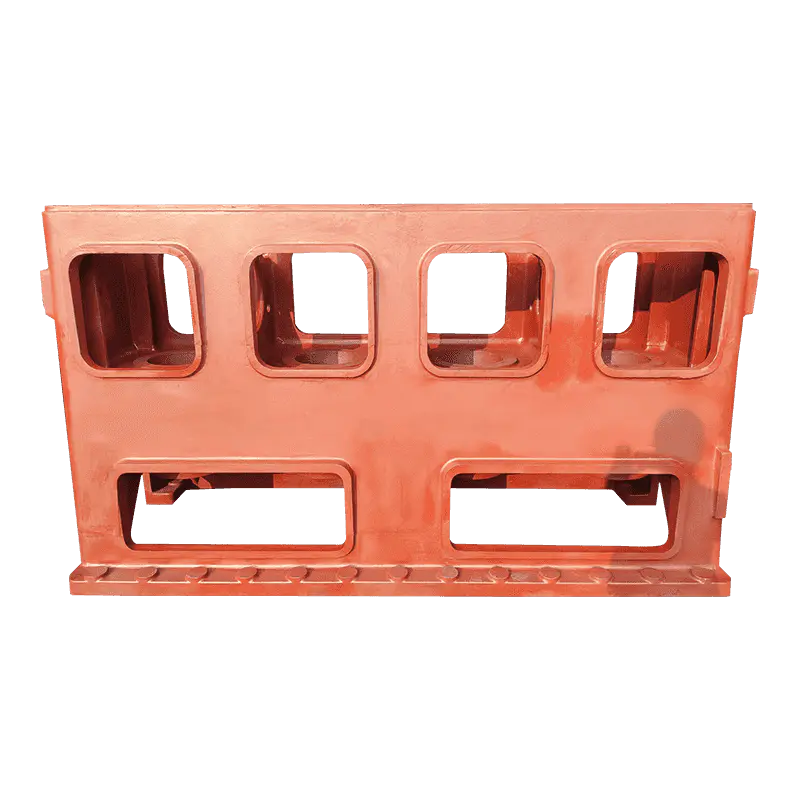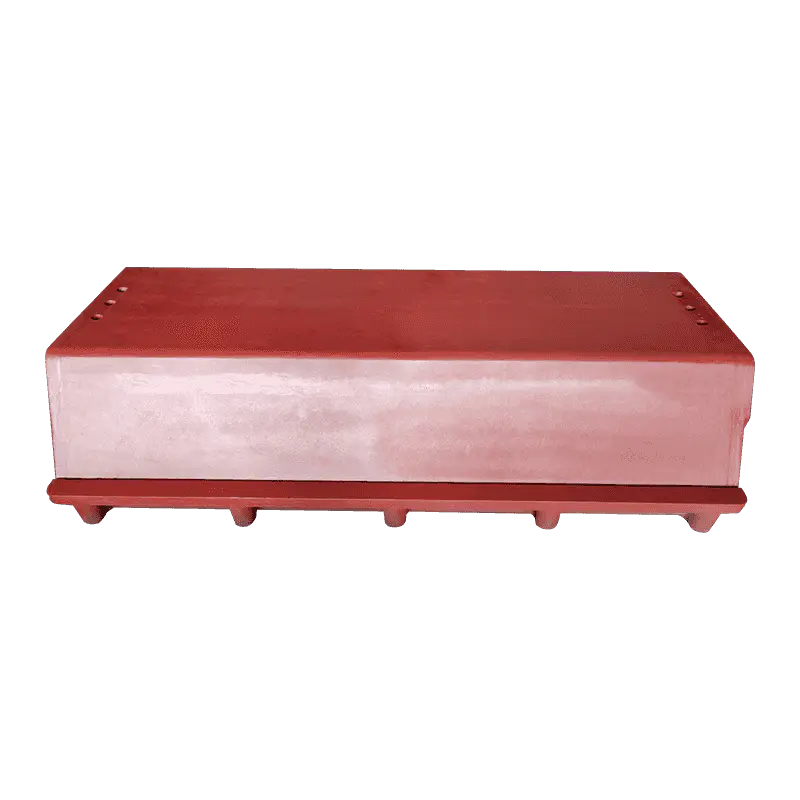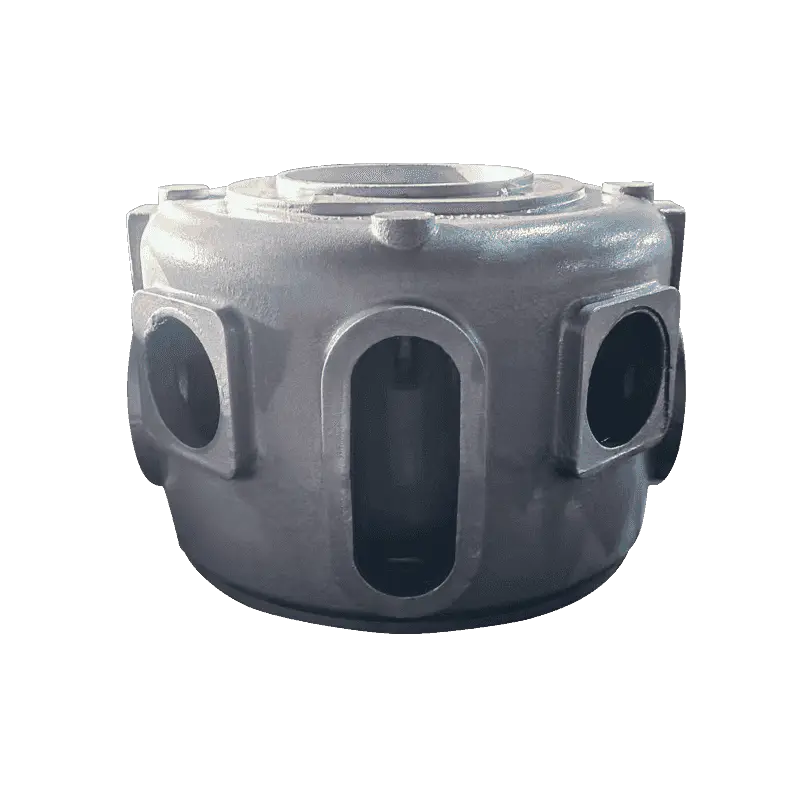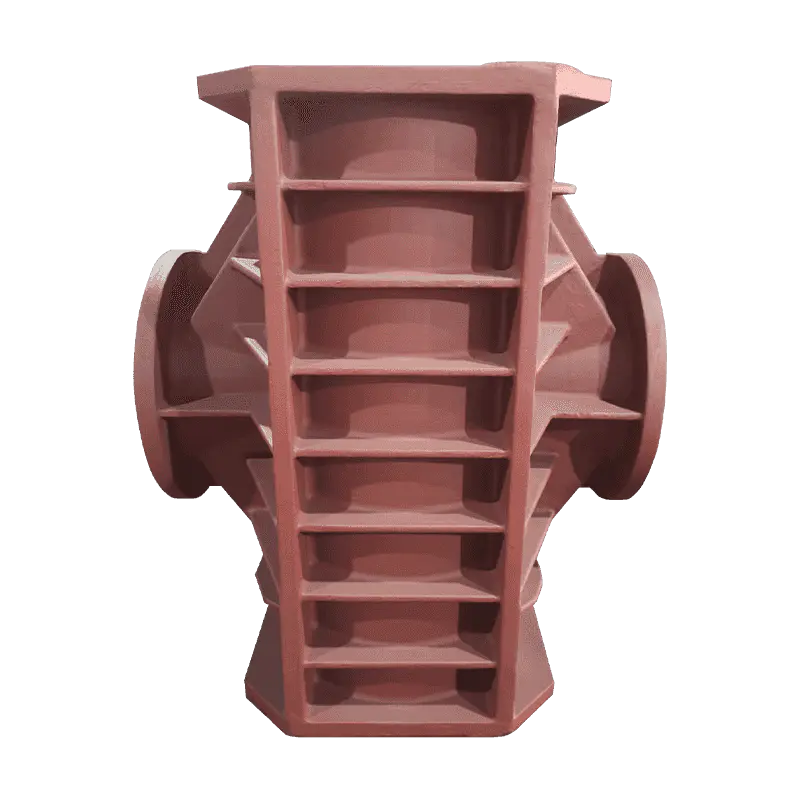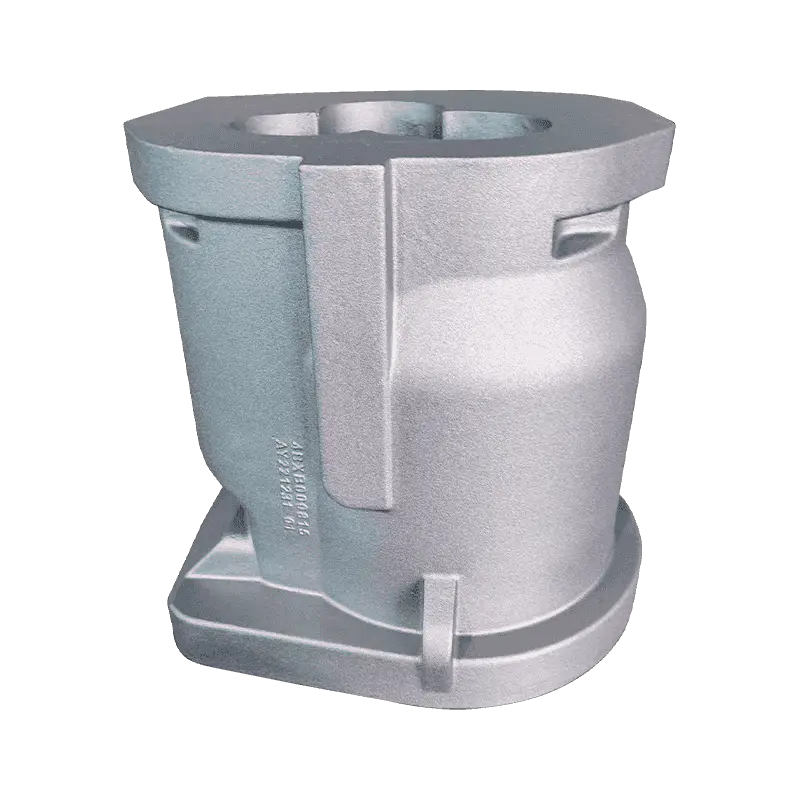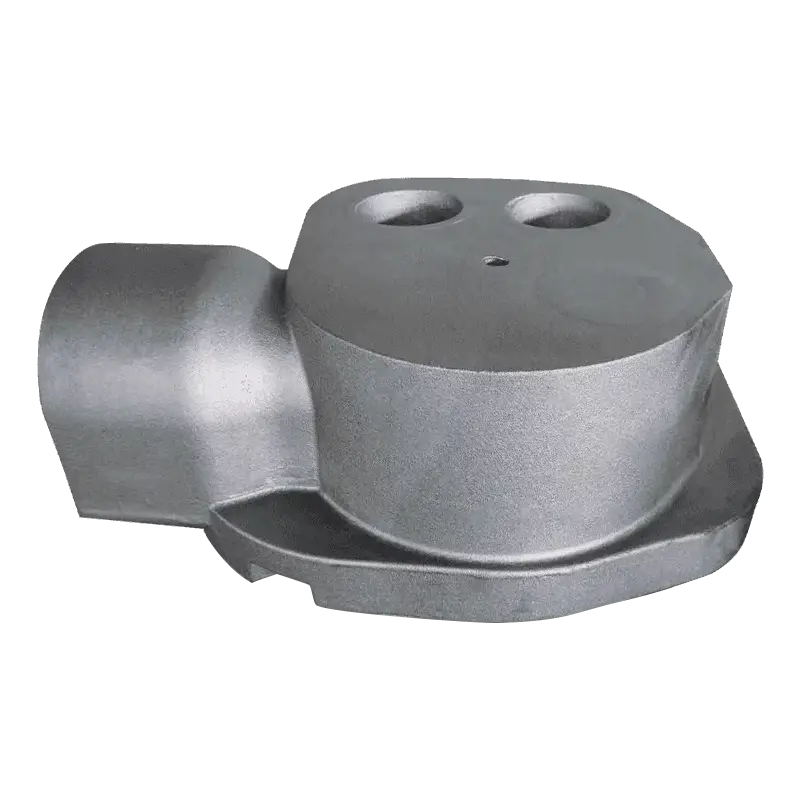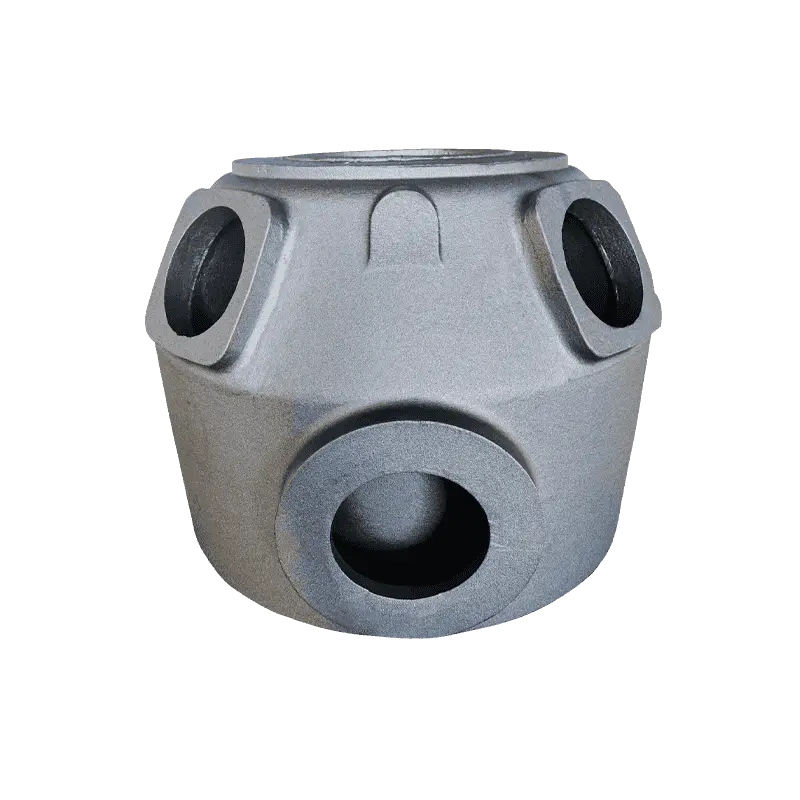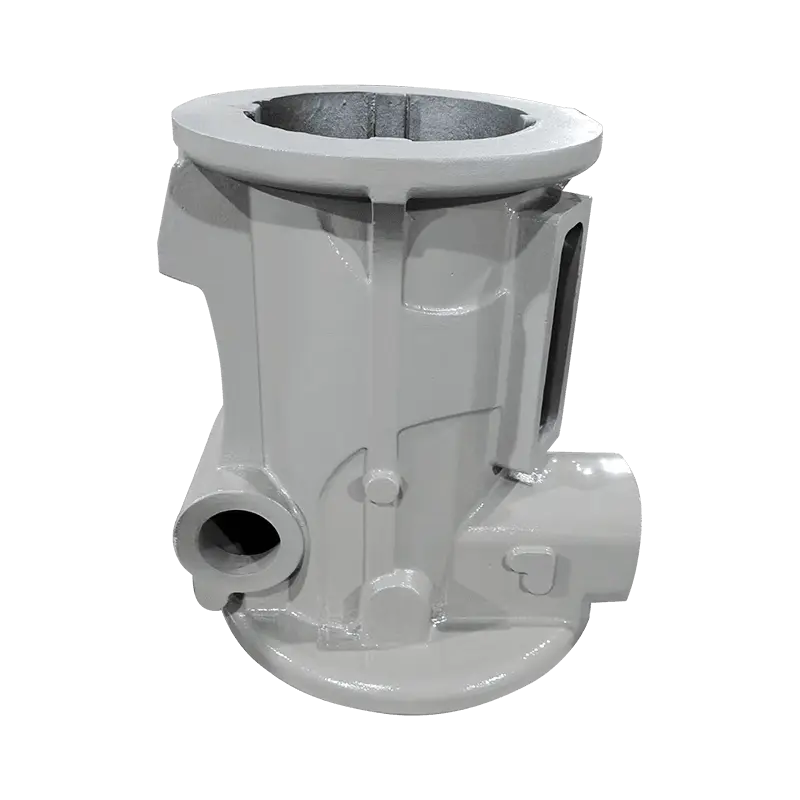The Axial Flow Pump features an impeller designed to move the fluid along the axis of the pump, which is particularly effective for handling large volumes of fluid. However, when dealing with solids or particulate-laden fluids, the design of the impeller becomes critical to preventing damage and ensuring smooth operation. In some Axial Flow Pumps, the impeller is specifically designed with wider blades and larger clearances between the rotating parts and the casing to facilitate the smooth passage of larger particles without causing clogs. These specialized impellers, often constructed from abrasion-resistant materials, reduce the risk of particulate buildup and ensure a continuous, stable flow of fluids. The pump casing can be modified to provide a more robust channel for solid-laden liquids, preventing blockages and improving the overall system efficiency. The advantage of this design is that it minimizes the wear and tear caused by smaller particles or abrasive solids while maintaining efficient operation.
The Axial Flow Pump works best when it has larger internal clearances between the impeller and casing, which is important for passing solid particles through the pump without obstruction. These clearances, however, must be carefully calibrated. Too large a clearance can lead to energy losses, reduced efficiency, and excessive wear due to turbulence and uneven flow. Conversely, a clearance that's too tight can result in blockages or abrasions that damage the pump's internal components. To optimize performance, pumps designed for handling solid-laden fluids should be tailored to accommodate a range of particle sizes without compromising efficiency. Systems with a higher solid concentration may require an Axial Flow Pump with a specifically designed casing and impeller that provide larger clearances for debris passage.
The materials used in the construction of an Axial Flow Pump play a vital role in its ability to withstand the abrasive effects of solids in the fluid. Standard pump components, such as impellers, casings, and wear rings, are often made from cast iron or stainless steel. However, these materials may wear down over time when exposed to abrasive solids. To address this challenge, manufacturers can incorporate specialized materials such as high-chromium alloys, hardened stainless steel, or ceramics for critical components that are prone to wear. Rubber linings or ceramic coatings may also be used to enhance the pump’s resistance to abrasion, particularly when the pump is handling highly abrasive materials like sand, gravel, or other particulate-laden liquids.
Solids in the fluid can lead to wear in critical components like the shaft and seals, particularly where they meet the pump casing. As particulate matter circulates within the pump, it can cause erosion, corrosion, and wear in areas like the shaft sleeve and sealing system. To protect against these issues, Axial Flow Pumps can be equipped with specialized sealing systems, such as mechanical seals or lip seals, that are resistant to wear caused by solids. Additionally, shaft sleeves made of durable materials, such as stainless steel or carbide, can be added to the pump to provide further protection. These sleeves reduce the likelihood of damage to the pump shaft and maintain the integrity of the seal, preventing leakage and ensuring that the pump operates efficiently over time.

